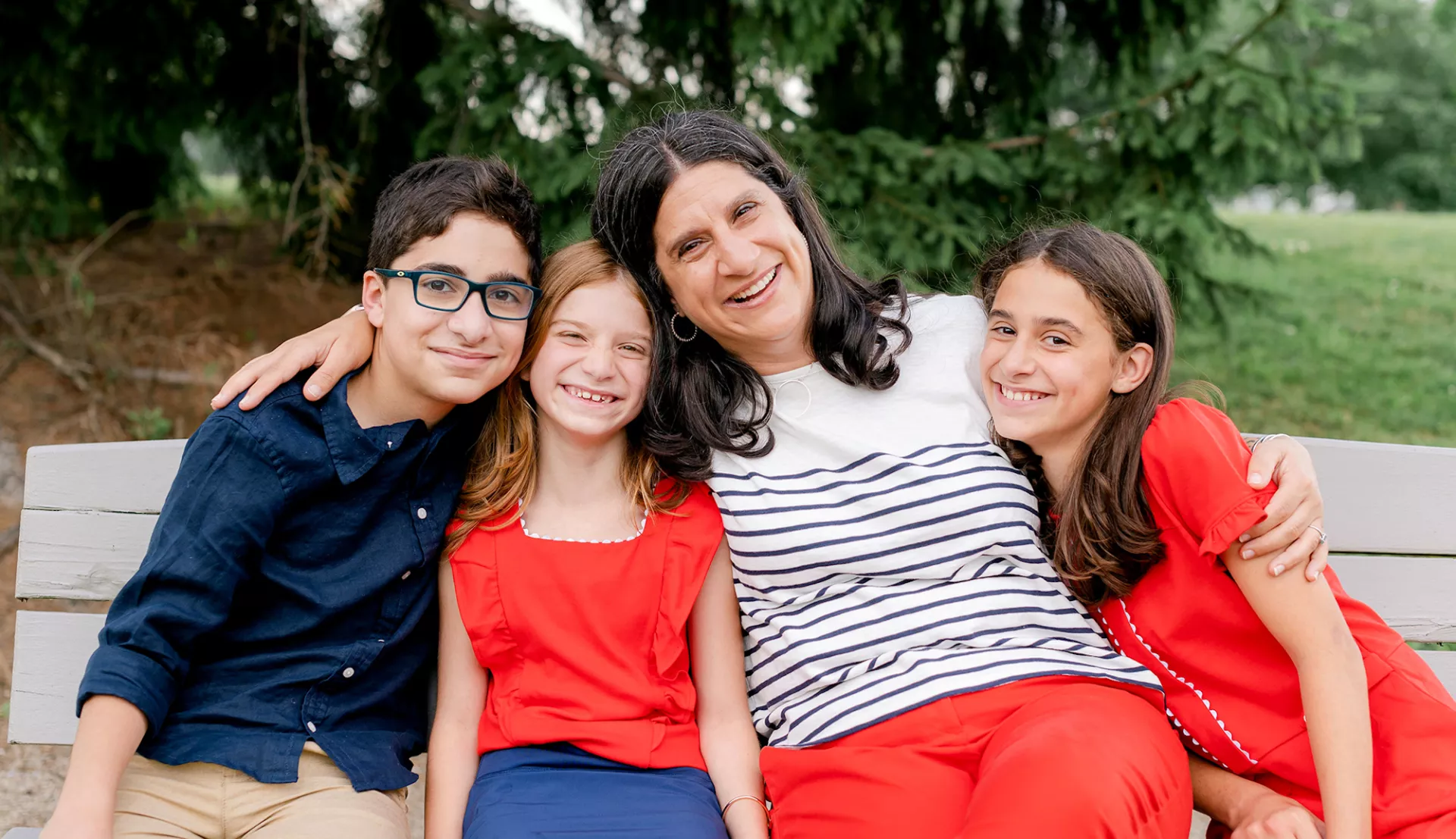I had never heard of the phrase ‘invisible disabilities,’ until I became involved with the NEA IDEA Resource Cadre, which is a group of educators who provide professional development and resources to help other NEA members improve their students’ academic success. I learned that invisible disabilities are conditions—such as physical, mental, or neurological—that you can’t see but impact your learning or ability to work. Previously, I thought you either have a disability or you don't; you either meet a qualification for a disability or you don’t.
As educators, we need to know people might be dealing with something we can’t see.
We know IEPs and 504s are available for students. But, what about the adults? Our disabilities don’t go away when we finish or graduate from school.
When my husband was diagnosed with brain cancer—which up to a certain point was an invisible disability—he still wanted to work. He was a high school government and history teacher, and a basketball coach.
We worked with my union to get him ADA accommodations and other resources he needed for his battle to get back some normalcy. He just wanted to get back to teaching, and these accommodations would help him make it through the school day, but he never made it back to the classroom.
He deteriorated quickly and it’s almost been five years since he passed away.
He did not stop fighting to be the teacher that he was. He taught us all that you should not be limited based on visible or invisible disabilities and you should be able to maintain your job with the necessary accommodations—and he fought until the end for that.
I could not speak more highly of the leadership within my local union, the Columbus Education Association. They listened to him and helped get the services he needed, and then linked him with the Ohio Education Association’s attorney services. These are services we get as members, which I think is important. We don’t get that as nonmembers or potential members. We get them as members of our union.
Advocating and fighting for my husband opened my eyes to the fact that we, as teachers, can have ADA accommodations. We all come with different sets of circumstances and experiences. This doesn't mean we should be pigeonholed into what we are able, or not able, to do. I’ve been diagnosed with generalized anxiety disorder and depression, and the sky’s the limit for me. I'm working on my dissertation right now and that would never have been something I would have done before. In fact, it was a promise I made to my husband: I would complete the degree despite the challenges.
We are in a pivotal moment to reshape this generation, and one way to do it is when we talk about diversity, inclusion, and equity to not forget the people with disabilities in that conversation. There's potential in every human being, and while it might not always look the same, we all have it and deserve the opportunity to pursue it to the fullest.

